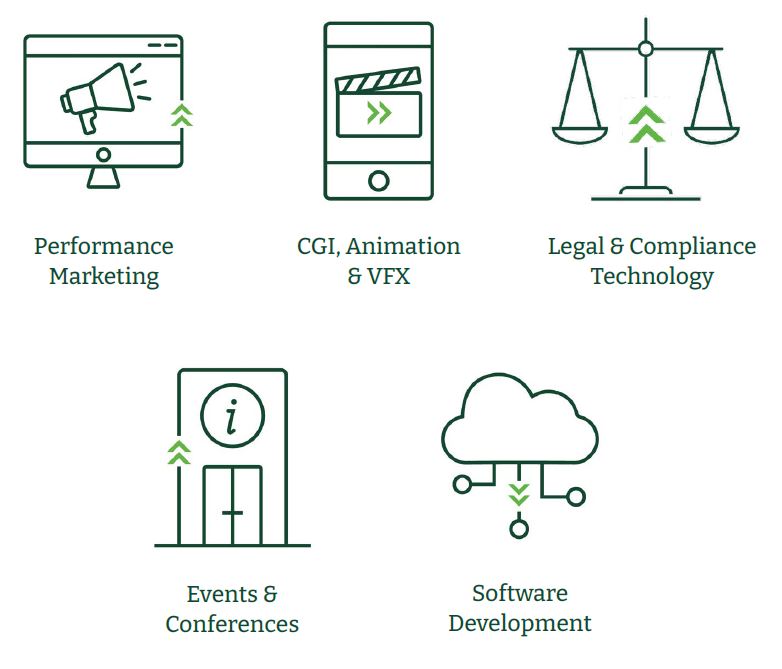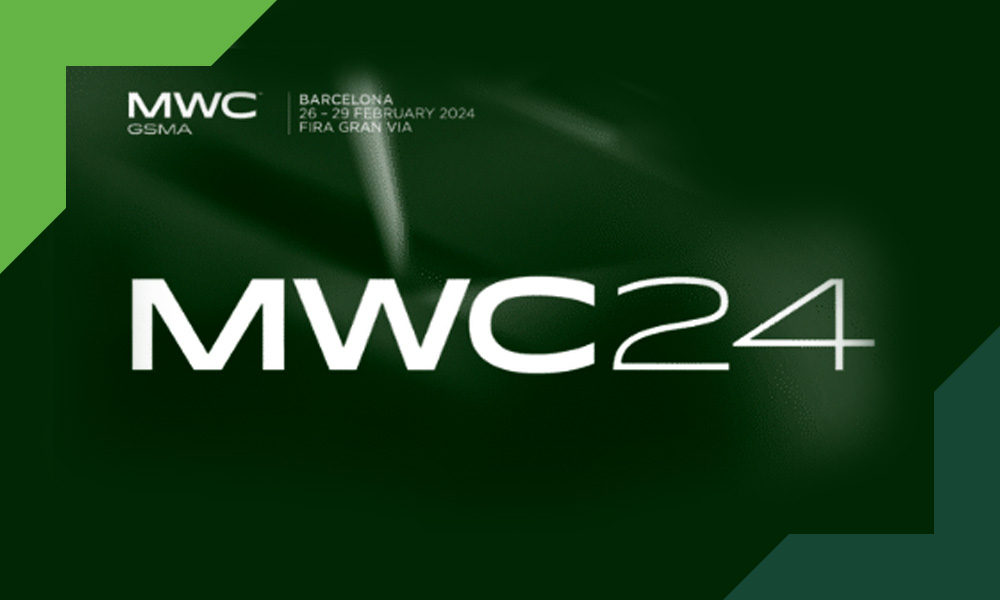The Marketing Services M&A Market is poised for a return
We are anticipating a significant rebound in M&A activity for the Marketing Services sector as we enter the back half of 2024. Supported by our recent Digital Services market studies in Europe and North America, where we interviewed executive leaders at global independent digital services companies, as well as recent signs of broad recovery in global M&A activity.
Transaction activity in Q2 2024 shows an 11% increase from Q1. In Q2 2024, 424 transactions were completed globally, up from 383 in Q1 2024. This rise is particularly significant as Q1 marked the eighth consecutive quarter of decline from a peak of 617 transactions in Q1 2022.

*Source: Pitchbook Financial Database
Within the Marketing Services sector specifically, our recent engagements and pitches indicate robust activity for Q4 2024, with the potential to return to recent peak volumes in the first half of 2025. This optimism is shared by many in the industry, reflecting a broader sentiment of recovery.
Factors driving this positive trend include the following:
- Decline in inflation and interest rates: Declining inflation and the anticipation of interest rate reductions are primary influences, which in turn are easing debt markets and facilitating transaction activity.
- Recovery of marketing budgets: Marketing budgets are bouncing back faster and being deployed more rapidly, improving visibility, and leading to the majority of agency CEOs interviewed anticipating stronger performance in the second half of 2024.
- Backlog of companies seeking an exit: Several Private Equity-backed Digital Services platforms are eyeing an exit after delays of up to 24 months, with many waiting for three to four quarters of robust growth as a trigger to launch a process.
- Olympics and U.S. Presidential Election: Notable spending attached to the Summer Olympics and anticipated windfall of political budgets will create additional momentum.
- Operational efficiencies beginning to be felt with AI: The adaptation of AI as an efficiency tool across disparate operational functions from Enterprise to SMB businesses are beginning to be realized.
As we navigate this dynamic landscape, the groundwork is being laid for sustained recovery in Global Marketing Services M&A activity, reflecting renewed business confidence and economic stability.
If you would like to speak to us about this topic or the broader market, please contact us.













